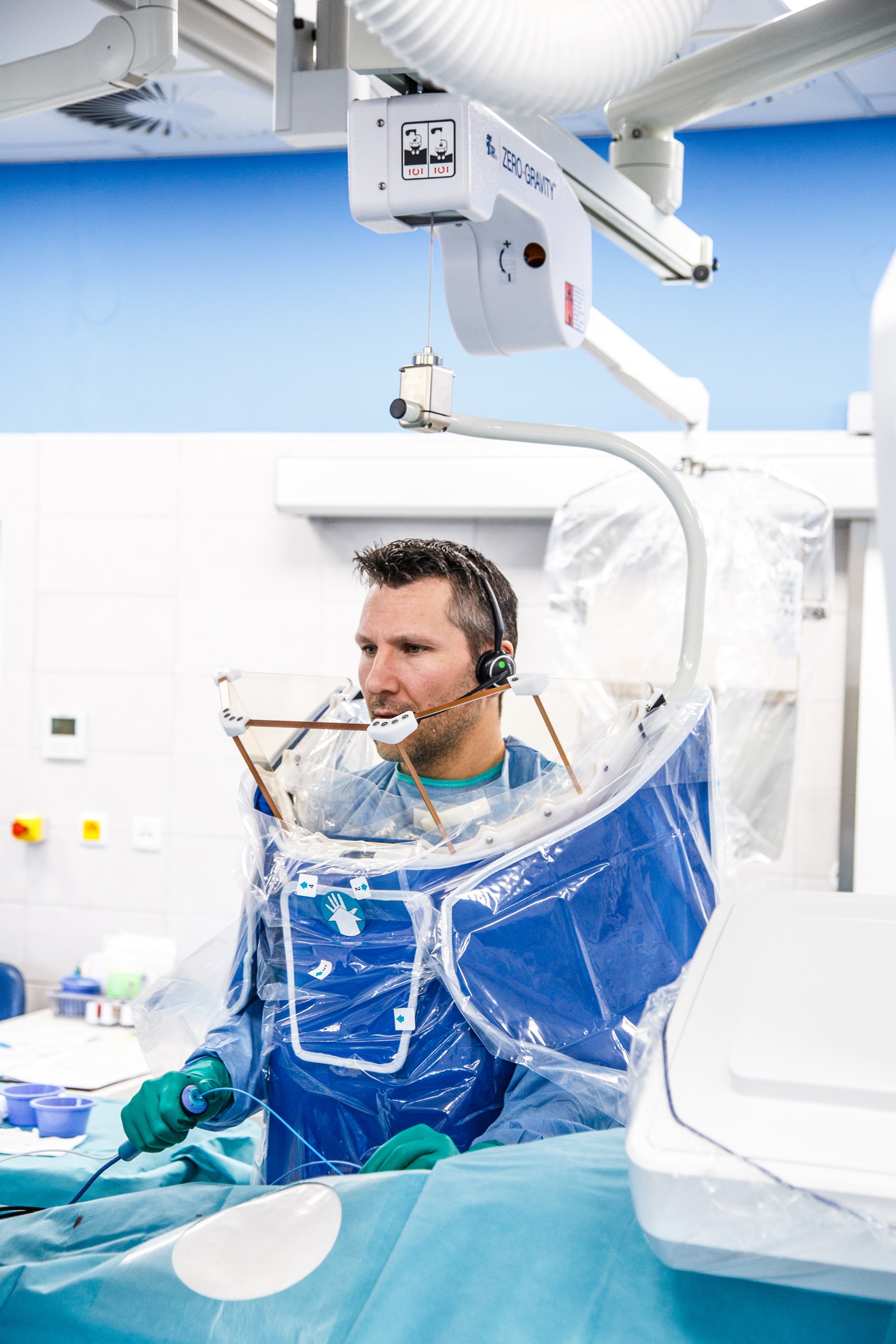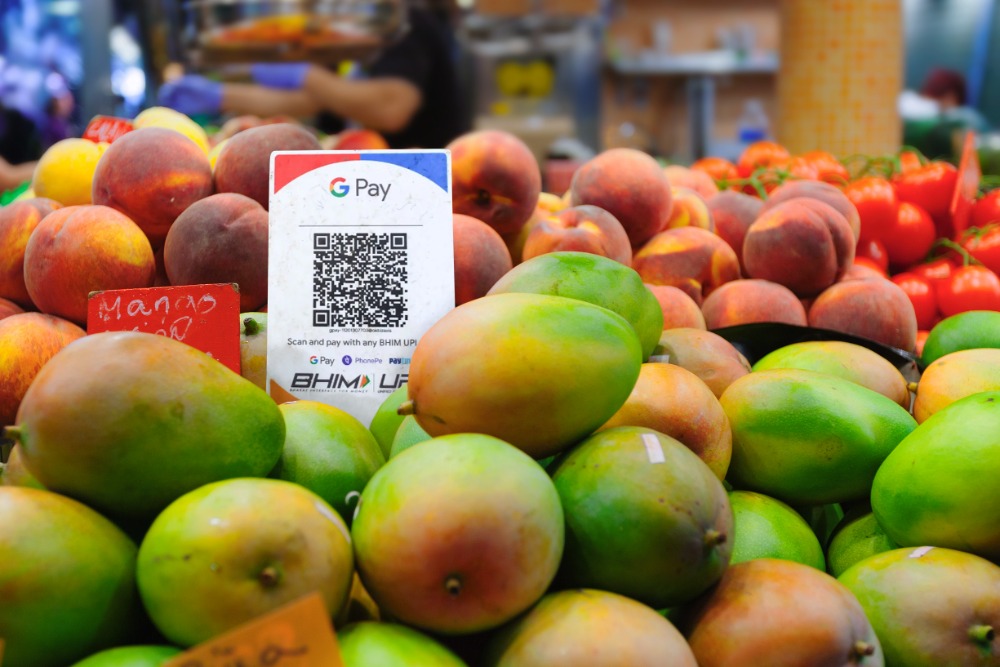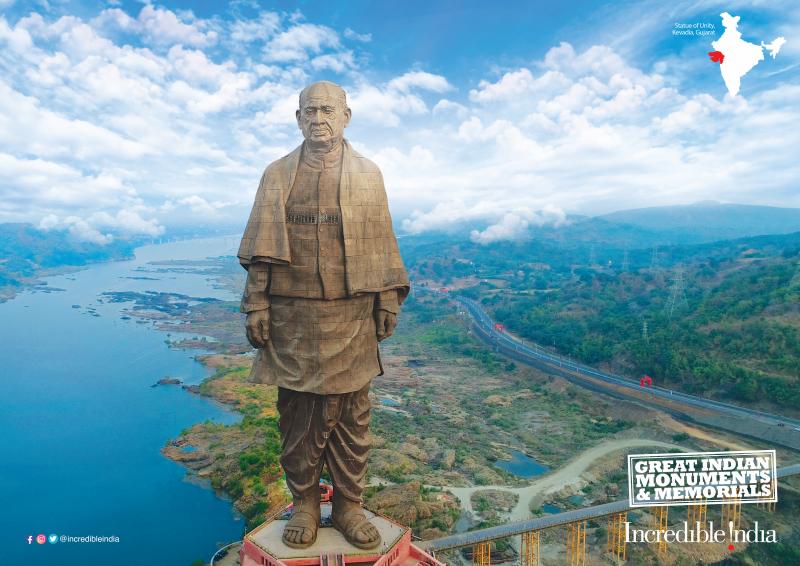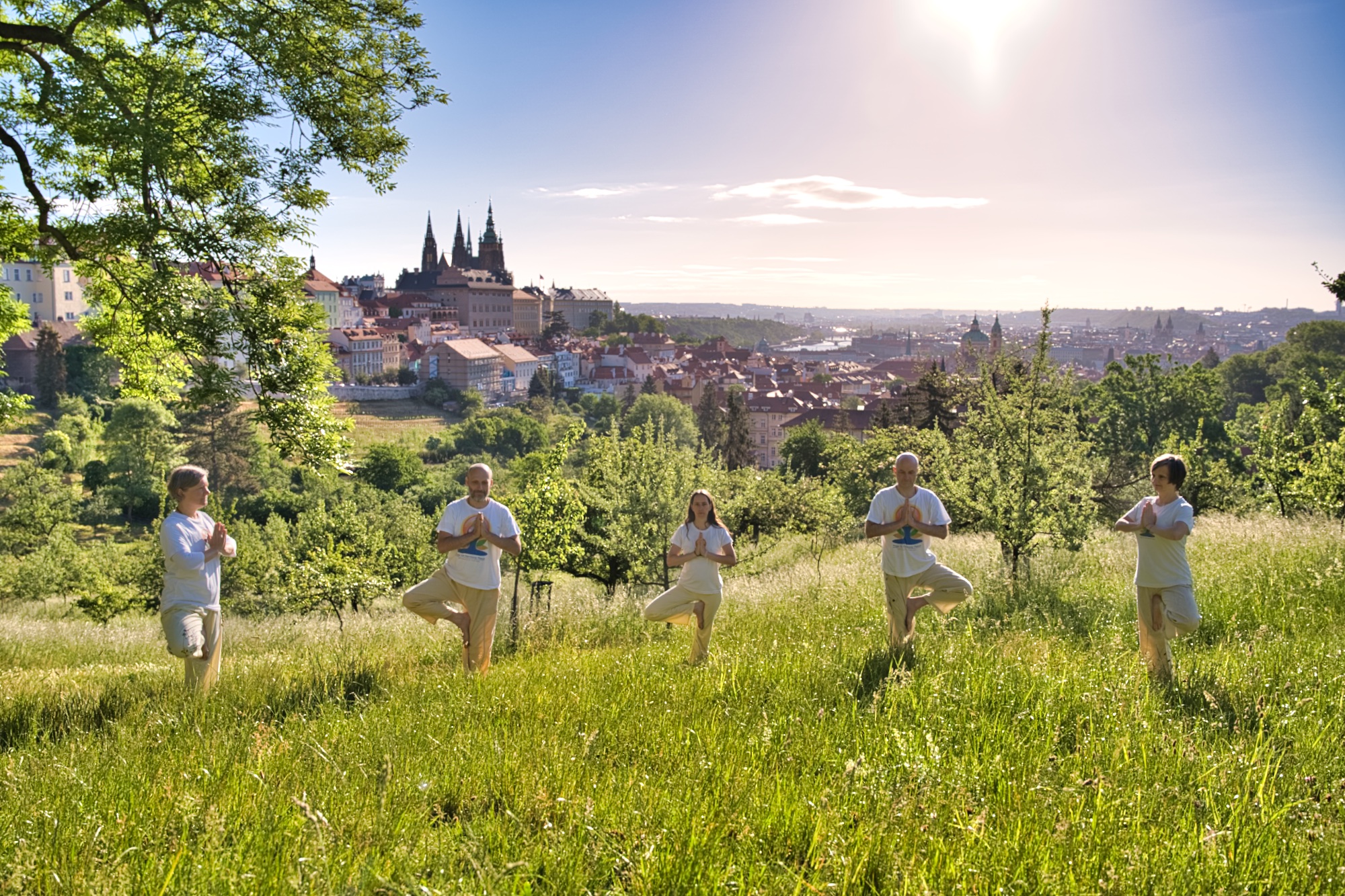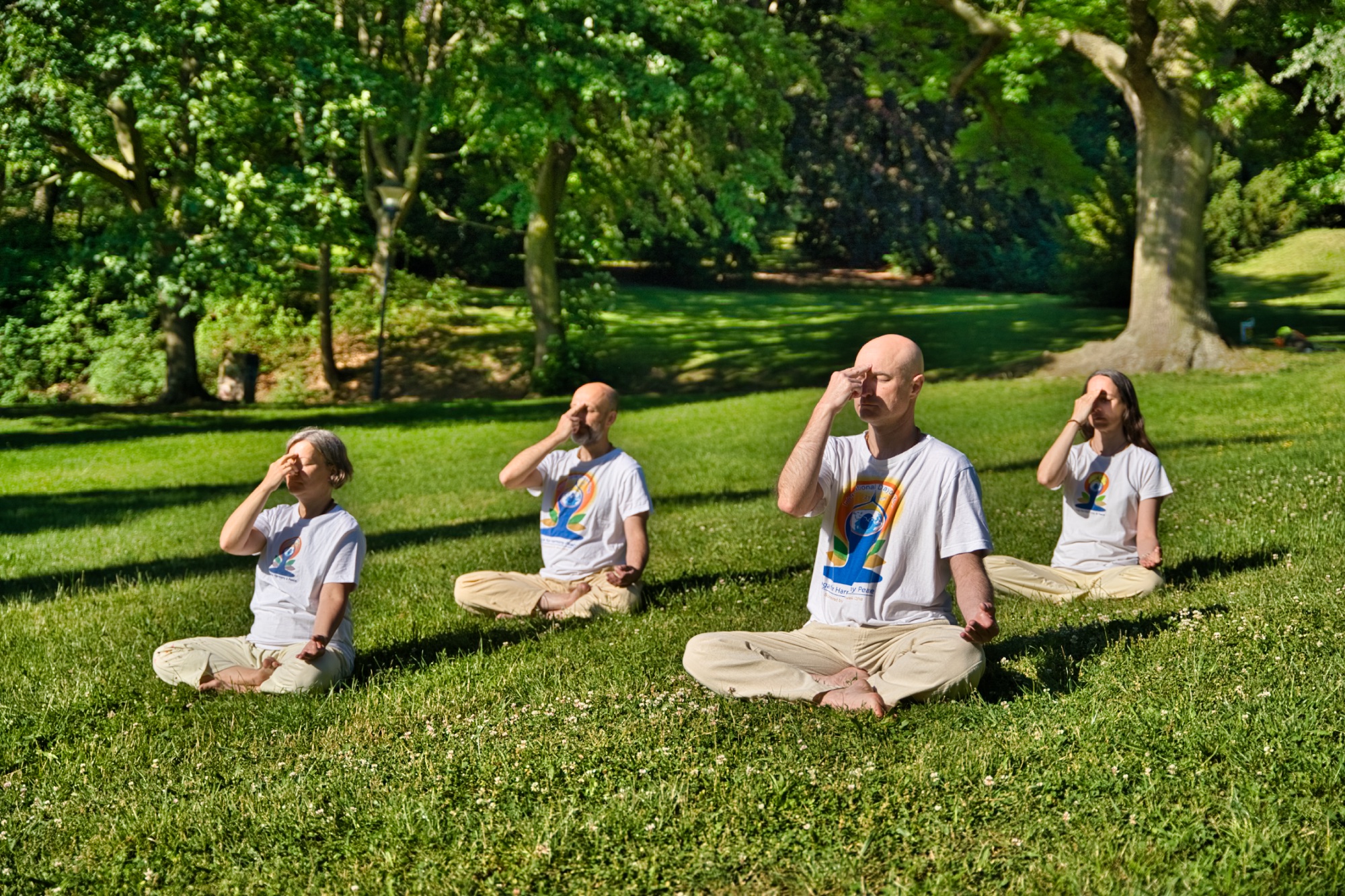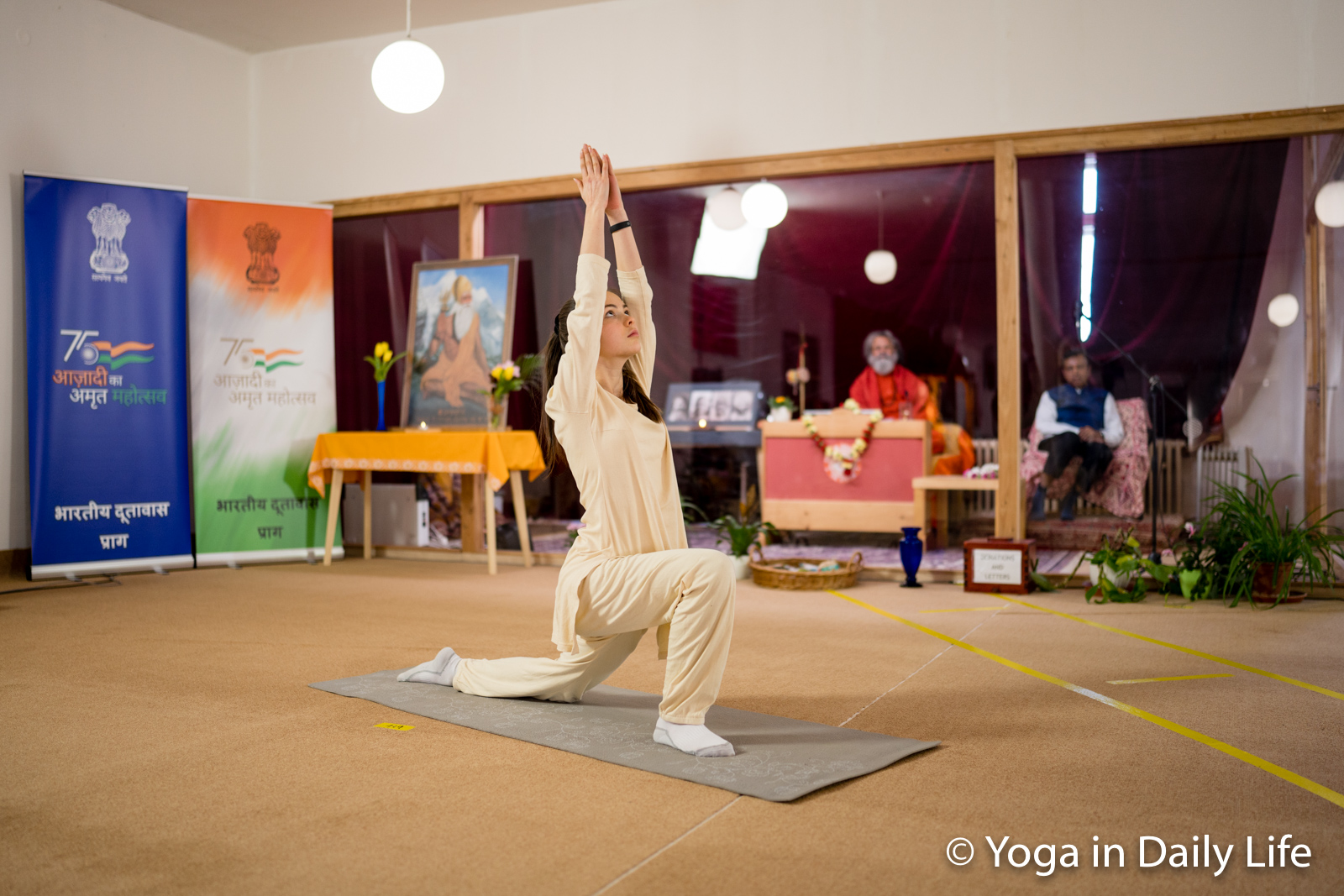On May 20th, we celebrate International Clinical Trials Day. On this occasion, the organizers of the "Patients of Tomorrow – Health Has a Future in Clinical Trials" campaign emphasize the key role that clinical trials play in the development of medicine. It is thanks to clinical trials that doctors can offer innovative treatments, and patients gain access to advanced therapies tailored to their individual needs and current medical conditions. Currently, over 300 clinical trials are open for recruitment in the Czech Republic, with another 55 expected to launch soon.[1] This is a real opportunity for a healthier tomorrow – for both patients and the healthcare system.
Awareness of clinical trials – the first step to breaking barriers
Although clinical trials are an integral part of medical progress, they are still relatively unknown in the Czech Republic. According to a 2024 public opinion survey commissioned by Pratia – an international network of clinical research sites – only 18% of Czechs rate their knowledge of clinical trials as high, while 42% describe it as low or very low. Nevertheless, nearly half of respondents view clinical trials positively and see them as a chance for treating complex medical conditions.
Importantly, the more knowledge people have, the more positively they view clinical trials. This highlights how essential education and reliable information are when it comes to understanding what clinical trials are and the benefits they offer.
Facts vs. myths – addressing the most common concerns
The main motivation for patients to participate in clinical trials is access to innovative therapies (75%), although myths about clinical trials are still widespread. A lack of information often leads to uncertainty and fear – as many as 57% of Czechs worry that clinical trials involve treatments that have not been adequately tested. Before any drug reaches a patient, it undergoes rigorous laboratory and preclinical testing. Every clinical trial must receive approval from both international and national regulatory bodies (including SÚKL in the Czech Republic), as well as bioethics committees. Before receiving a trial drug, every patient undergoes thorough diagnostic evaluations and consultations with their physician.
Professor Wojciech Jurczak, MD, PhD, from the National Institute of Oncology in Kraków, Poland, emphasizes that clinical trials are a real opportunity to improve patients’ quality of life – both now and in the future:
· “Clinical trials in medicine create a very specific situation – one in which there are only winners. Patients win because they are treated using the best and latest medical technologies. Doctors win because they gain experience and can feel they are at the forefront of global medicine.”
Real stories – trials that change lives
One of the participants in a clinical trial is Ms. Lenka, a patient suffering from chronic migraines. Thanks to a new therapy, her everyday life has changed dramatically:
“My tasks included regular check-ups, taking medication, and recording my health status and well-being using a home electronic device. Before, I would just sit or lie at home, waiting for the pain to come back. And now? I can go to the cinema, have a beer – and everything’s fine. No pain. No, it wasn’t hard – not at all. I just wanted to solve the problem, so I acted – and it worked.”
Patients of Tomorrow – building a better future together
The "Patients of Tomorrow" campaign, organized by Pratia, is an initiative that connects the world of innovative medicine with the real needs of patients and healthcare professionals. The project aims to educate, build trust, and increase access to new therapeutic methods.
The campaign’s heros are real patients – individuals who have benefited from participating in clinical trials. They share their stories and show that taking part in a study is not only a chance to improve their own health, but also a contribution to the advancement of medicine.
· “The trial changed my life. It changed it so much that I could return to normal, real life, where I can laugh again, smile, talk not only with my family but also with friends, and enjoy life once more. After decades of pain, I had forgotten what that felt like. I never believed such a miracle could happen – but it did. And now I’m here again. I truly believe this clinical trial gave me back the life I once had as a young man,” says Mr. Evžen.
· “Everyone here – the doctor, the nurses – knows I always come in and tell them how great I feel. They adjust my treatment, and I walk out. The trial completely changed my life – the nausea and headaches disappeared. I’m a Patient of Tomorrow because this treatment brought me tremendous benefits,” adds Ms. Lenka.
These stories are the best proof that tomorrow is already happening today.
Where can you access new therapies?
In the Czech Republic, Pratia conducts clinical trials in three cities: Prague, Brno, and Pardubice. The studies focus on various chronic conditions, such as migraine, psoriasis, osteoarthritis of the knee, atopic dermatitis and many more.
More information about the campaign and opportunities to participate in clinical trials can be found on the official campaign website.
[1] www.liclinicaltrials.gov

